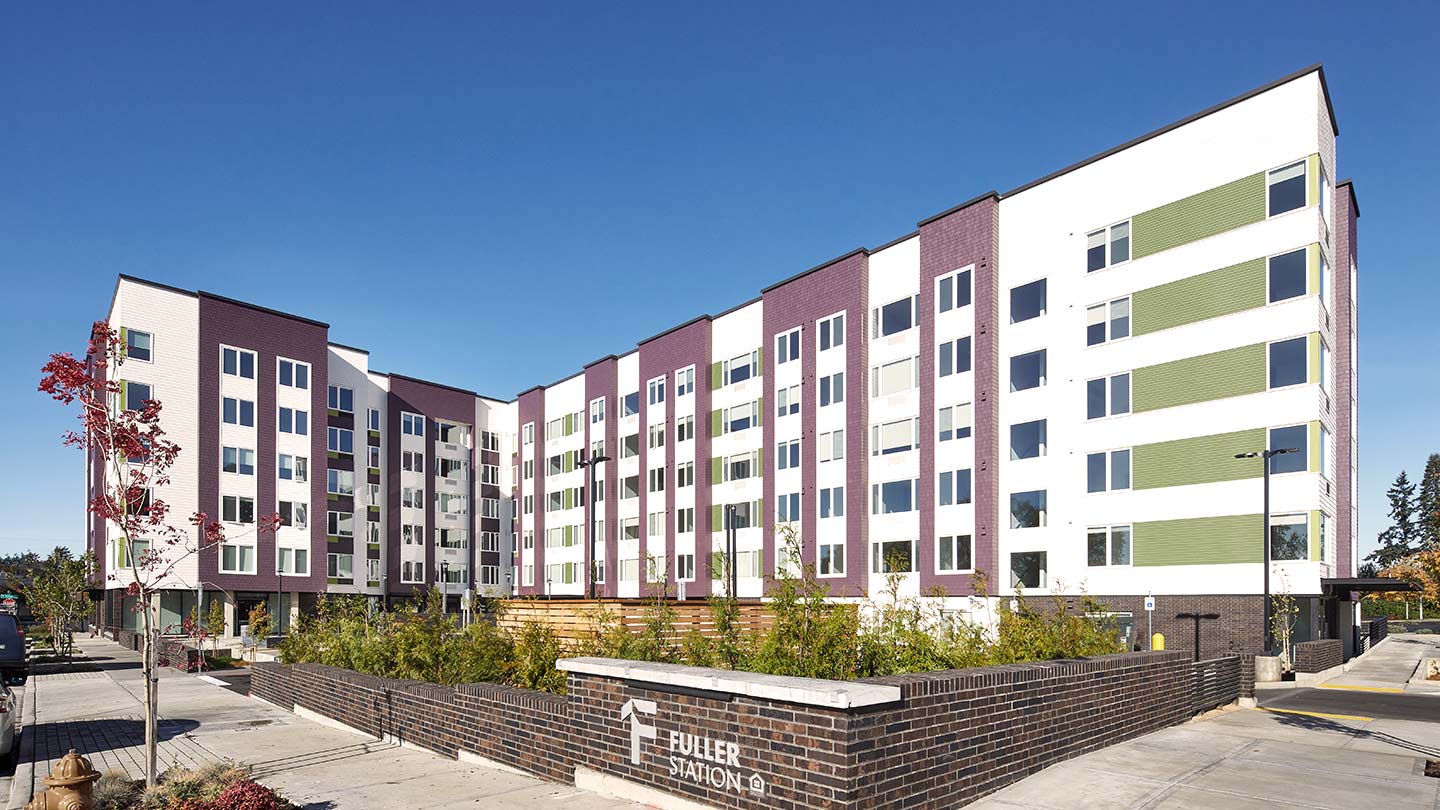
5 min read
The market for commercial mortgage-backed securities (CMBS) has created a powerful source of capital for investors—particularly those financing the largest properties.
While CMBS loans are more complex than traditional bank loans involving just a borrower and lender, they can be an attractive option for financing commercial real estate, depending on the property and the investor’s needs.
“When it comes to financing commercial real estate, CMBS is a really important source of capital for our clients,” said Scott Towbin, senior client executive for Real Estate Banking at JPMorganChase. “For anyone with large capital needs, CMBS loans have to be one of the arrows in your quiver.”
What is a CMBS loan?
A CMBS loan is a loan on a commercial property designed to be turned into a security, or bond, sold to investors on the secondary market. CMBS investors receive payments as borrowers pay off the loans, and interest rates are determined by investors’ demand for bonds secured by borrowers’ loans.
CMBS loans typically have fixed interest rates and are designed for stabilized properties.
Banks that make traditional commercial real estate loans, including JPMorganChase, also originate CMBS loans. Securitizing loans frees up banks’ capital to make additional loans.
There are two main types of securitization used to create CMBS:
- Conduit loans: A conduit pools several commercial real estate loans into a single CMBS. Loans are often diversified, giving CMBS bond investors exposure to a variety of property types, geographies and borrowers. Individual loan sizes typically range from $15 million to $75 million.
- Single-asset, single-borrower (SASB): A SASB CMBS securitizes one loan on one asset or a pool of assets owned by one borrower. Where conduits let CMBS bond investors manage risk through diversification, SASBs let them invest in a specific property or pool of similar properties. SASBs typically involve very experienced borrowers and very large assets.
Residential mortgage-backed securities (RMBS) fill a similar role for loans on residential properties.
Benefits of CMBS loans
CMBS loans’ benefits for commercial real estate investors include:
- Scale: Like individual investors, banks diversify their lending portfolios. That puts a ceiling on the amount they’ll lend on an individual deal. CMBS loans’ size, on the other hand, is limited only by bond investors’ collective demand. “It’s a way to get deals of size done, particularly as real estate values have grown substantially,” Towbin said.
- Non-recourse: CMBS loans are typically non-recourse, which means a borrower wouldn’t be held personally liable for the loan. However, there are exceptions, such as in situations involving fraud.
- Interest-only options: CMBS originators typically have an easier time waiving amortization during all or a portion of the loan term compared with traditional bank loan originators.
- Preserve capacity for future bank loans: Just as banks will only lend so much on an individual property, they won’t lend unlimited funds to an individual borrower. “Incorporating CMBS borrowing loosens up your capacity for bank relationship lending, so you can access it when you really need it,” Towbin said.
Considerations to keep in mind
While CMBS loans have benefits, they aren’t the right fit for every investor or property. Factors to consider include:
- Need for flexibility: Investors considering CMBS loans should be confident their property is stable and that they have no plans for the asset that could require changes to loan documents. “CMBS loans aren’t designed to accommodate that type of flexibility,” Towbin said. “When a CMBS investor buys a bond, they expect to get paid their debt service on time and get their money back at maturity, and that there will be a liquid secondary market if they need to trade out.”
- Prepayment: CMBS loans often have steeper prepayment premiums than bank loans. Selling or refinancing before the loan matures typically requires either yield maintenance or defeasance.
- Market volatility: Financial market conditions have a significant impact on CMBS loan pricing because bond investors compare yields and risks to alternative investment options. Volatility creates particular challenges. After a lender closes a CMBS loan and commits to an interest rate, it takes time to securitize the loan and sell the CMBS bonds. “A lender can lose money if rates go the wrong direction,” Towbin said. “At times of volatility, they typically err on the side of caution, resulting in higher spreads.”
CMBS loans vs. bank loans
Even when the same lender provides bank loans and CMBS loans, there are a few key differences:
- Borrower vs. property focus: Lenders will perform due diligence on the borrower and property whether the borrower is seeking a traditional bank loan or CMBS loan. But bank loans tend to put more emphasis on the borrower, while CMBS loans emphasize the property. The focus on individual properties can create opportunities in asset classes that struggle to obtain traditional bank financing. “CMBS lenders can be opportunistic. If they can find investor appetite for the risk, they’ll do it,” Towbin said.
- Underwriting and servicing: A lender’s underwriting processes for bank loans and CMBS loans are very similar. The biggest difference is after close but prior to securitization, when borrowers might need to respond to rating agency questions. Traditional banks will typically service their loans; CMBS loans have third party servicers who have limited flexibility to make adjustments not permitted in loan documents.
- Reaction to volatility: CMBS loan interest rates typically increase during market volatility. Traditional bank loan rates tend to see smaller swings, but may have narrower qualification requirements.
- Flexibility: Commercial real estate investors aren’t guaranteed the option to adjust bank loan terms if plans or market conditions change, but odds are greater than with a CMBS loan. However, CMBS loans offer flexibility in other ways, including potential for greater proceeds and fixed-rate and interest-only options.
Find out how AI can transform commercial real estate treasury management practices.
JPMorgan Chase Bank, N.A. Member FDIC. Visit jpmorgan.com/cb-disclaimer for disclosures and disclaimers related to this content.







